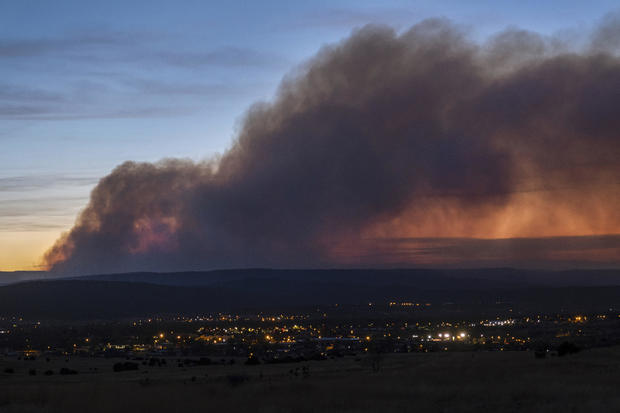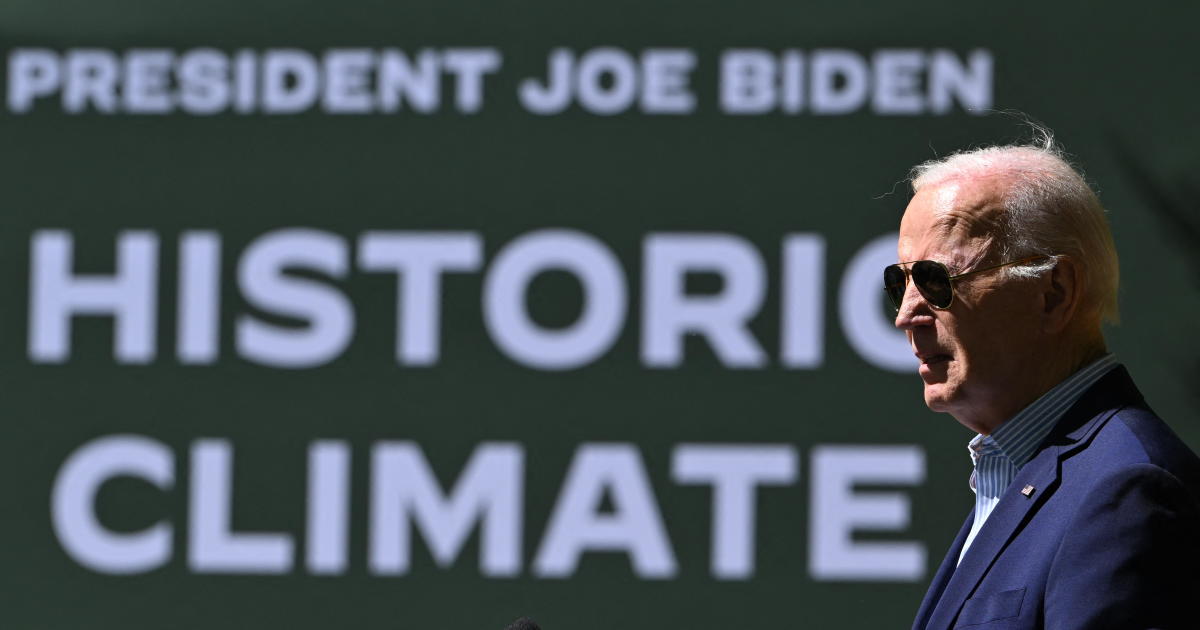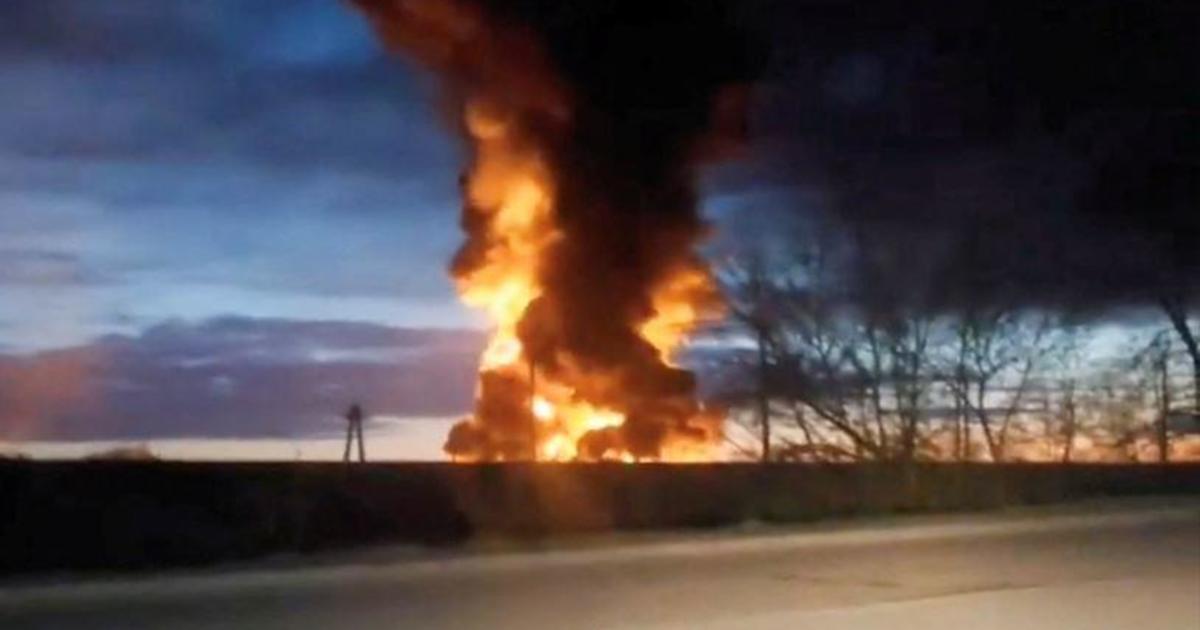Critical mistakes and miscalculations by federal employees caused devastating New Mexico wildfire, report finds
The U.S. Forest Service made critical mistakes that caused a planned burn to reduce the threat of wildfires to explode into the largest blaze in New Mexico's recorded history, the agency said Tuesday. A new report found that employees made multiple miscalculations, used inaccurate models and underestimated how dry conditions were in the Southwest before lighting the flames.
The agency quietly posted an 80-page review that details the planning missteps and the conditions on the ground as crews ignited the prescribed fire in early April. The report states officials who planned the operation underestimated the amount of timber and vegetation that was available to fuel the flames, the exceptionally dry conditions and the rural villages and water supplies that would be threatened if things went awry.
Within hours of lighting a test fire on that April day, multiple spot fires were reported outside containment lines and there were not enough resources or water to rein them in.
"The devastating impact of this fire to the communities and livelihoods of those affected in New Mexico demanded this level of review to ensure we understand how this tragic event unfolded," U.S. Forest Chief Randy Moore wrote. "I cannot overstate how heartbreaking these impacts are on communities and individuals."
Federal investigators previously determined that the New Mexico fire, which is still burning, was caused by two government-sanctioned blazes that merged after becoming respectively unmanageable.
As of Tuesday, the blaze had charred more than 533 square miles (1,380 square kilometers), making it the largest fire to have burned this spring in the U.S. It comes during a particularly ferocious season in which fire danger in overgrown forests around the West has reached historic levels due to decades of drought and warmer weather brought on by climate change.
The number of acres burned so far this year is more than two and half times the national average for the past 10 years, according to the National Interagency Fire Center. So far, 31,000 wildfires have burned more than 5,000 square miles in the United States.
Anger and frustration have been simmering among residents and elected officials in northern New Mexico, where several hundred homes have been destroyed and thousands of residents were displaced.
Many mountainsides have been reduced to ash and once towering ponderosa pine trees have been turned into charred toothpicks. Spots considered sacred by the ranching and farming families who have called the region home for generations have been wiped out.
U.S. Rep. Teresa Leger Fernández called the Forest Service review incredibly disturbing, pointing to the multiple errors in the calculations that went into planning for the prescribed burn.
"Forest Service failures destroyed many rich and proud New Mexico communities," she said in a statement. "The rains may cause a second flood disaster. As the report notes, the Forest Service put numerous homes, communities, lives, historic sites, and watersheds at risk."
The report stated that the crew believed they were within the approved limits for the planned burn and had a plan to construct a line where they could check the fire's progress and cease ignitions if the parameters were exceeded.
But the fire was burning in much drier conditions than the crew understood, according to the Forest Service's analysis of fuel and weather information.
"Persistent drought, limited snow and rain, fine fuel accumulation, and fuel loading from burn unit preparation all contributed to increasing the risk of escape," the report stated.
A mix of spot weather forecasts and on-site observations were the only methods of weather collection used. The days preceding the ignition of the prescribed fire were described as a "weather roller coaster," and the agency said more data should have been used to assess the conditions.
The report also said managers failed to accurately assess the complexity of the planned burn, providing a picture that indicated risks has been reduced when in fact that wasn't the case.
President Joe Biden recently flew over the fire and stopped briefly in New Mexico to assure residents the federal government would take responsibility for its role in causing the blaze. He announced during his visit that FEMA would cover all of the state's costs related to recovery and relief in the wildfire's wake, instead of the agency's usual 75% contribution.
"We will be here for you in response and recovery for as long as it takes," the president said.




